Queen Elizabeth I’s Vast Spy Network Was The First Surveillance State
One of her spies signed his reports with a familiar moniker: “007.”

In a lowly tavern in an English town in the 1580s, a group of men met to organize the assassination of their monarch, Queen Elizabeth I. The head of the operation, Anthony Babington, planned to rescue and crown Mary of Scotland, an alternative heir to the English throne who had been imprisoned in the castle dungeon for 20 years. He detailed the plan to Mary as a cipher—a secret note in code— and snuck it to her in a shipment of beer. But Mary had no idea that his note had been opened and then resealed by a double agent posed as a courier, who was waiting for her reply. When Mary wrote back, the agent exposed the plot, and both she and Babington were executed.
Long before NSA surveillance, Queen Elizabeth had her own “Watchers,” a network of agents who intercepted letters, cracked codes, and captured possible dissenters to protect the crown in secret. The queen’s network of spies formed the original surveillance state in the U.K., and she started it for good reason.
Britain was divided by religion when Elizabeth I began her reign; she was Protestant, while Mary, who many believed deserved the throne in an alternative line of succession, was Catholic. Many British citizens were not happy about the change in government, and England was surrounded by Catholic nations. The plot to restore Mary as rightful heir was just one of many reasons Elizabeth I had to be wary of her safety, and she took no chances—rather than leave her security to fate, she began a national security effort that heralded a centuries-long tradition of British espionage.
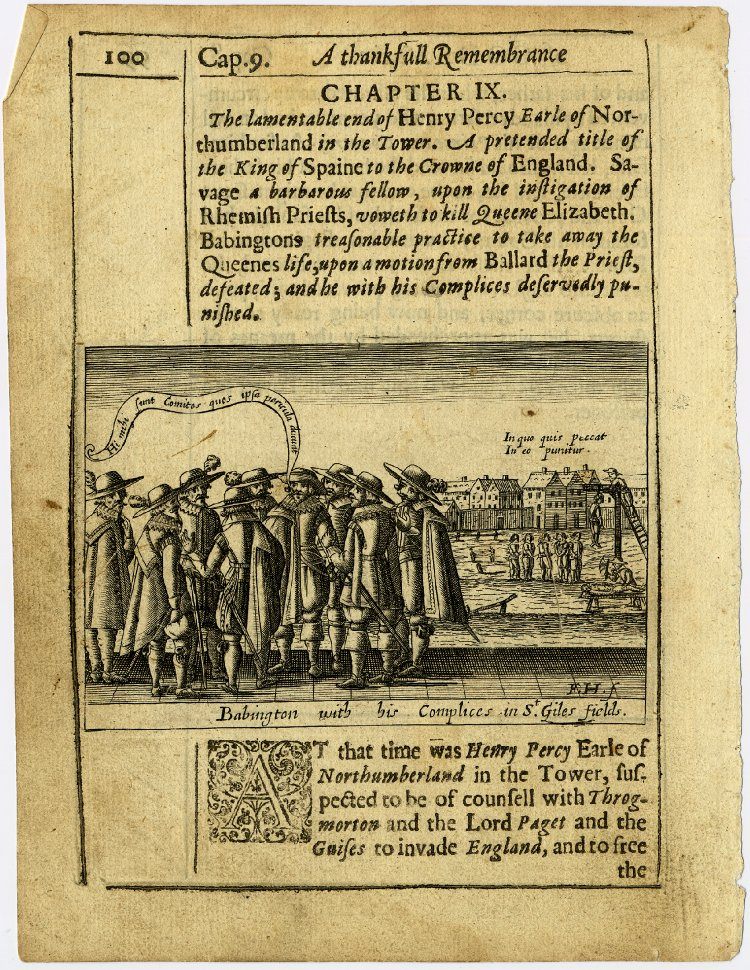
The Watchers were not just Elizabeth’s eyes and ears; some were among her most trusted advisors. One of Elizabeth’s most famous spies, John Dee, carefully reported on the Spanish court during its war with England—after first serving as the queen’s personal window into the occult world. Richard Deacon, in his biography of John Dee, says that Dee used a wax pentacle to “accurately prescribe the nature of the storms which shortly afterwards were to scatter and destroy the Spanish Armada,” allowing the English to hold off on attacking the Spanish, and instead wait for the storm to take care of the job.
Given Dee’s experience as an alchemist, magician, and astrologer to the queen, this success sparked rumors that he didn’t just predict the storm—he created it through magic. When spying abroad, Dee signed each private letter to Elizabeth with the insignia “007”—a moniker that was later borrowed by Ian Fleming, writer of James Bond.
But to become an entry-level Watcher, you didn’t need to be a magician. According to Stephen Alford in The Watchers: A Secret History of the Reign of Elizabeth I, “There were few rules and no vetting of volunteers, and so if some spies and informants were brilliantly effective, others were derelict as well as dangerous, spying out of greed or spite or for private revenge.” Those accepted into the intelligence branch went on exciting adventures to surrounding countries, gathering information on the political and military status of her majesty’s growing list of enemies.
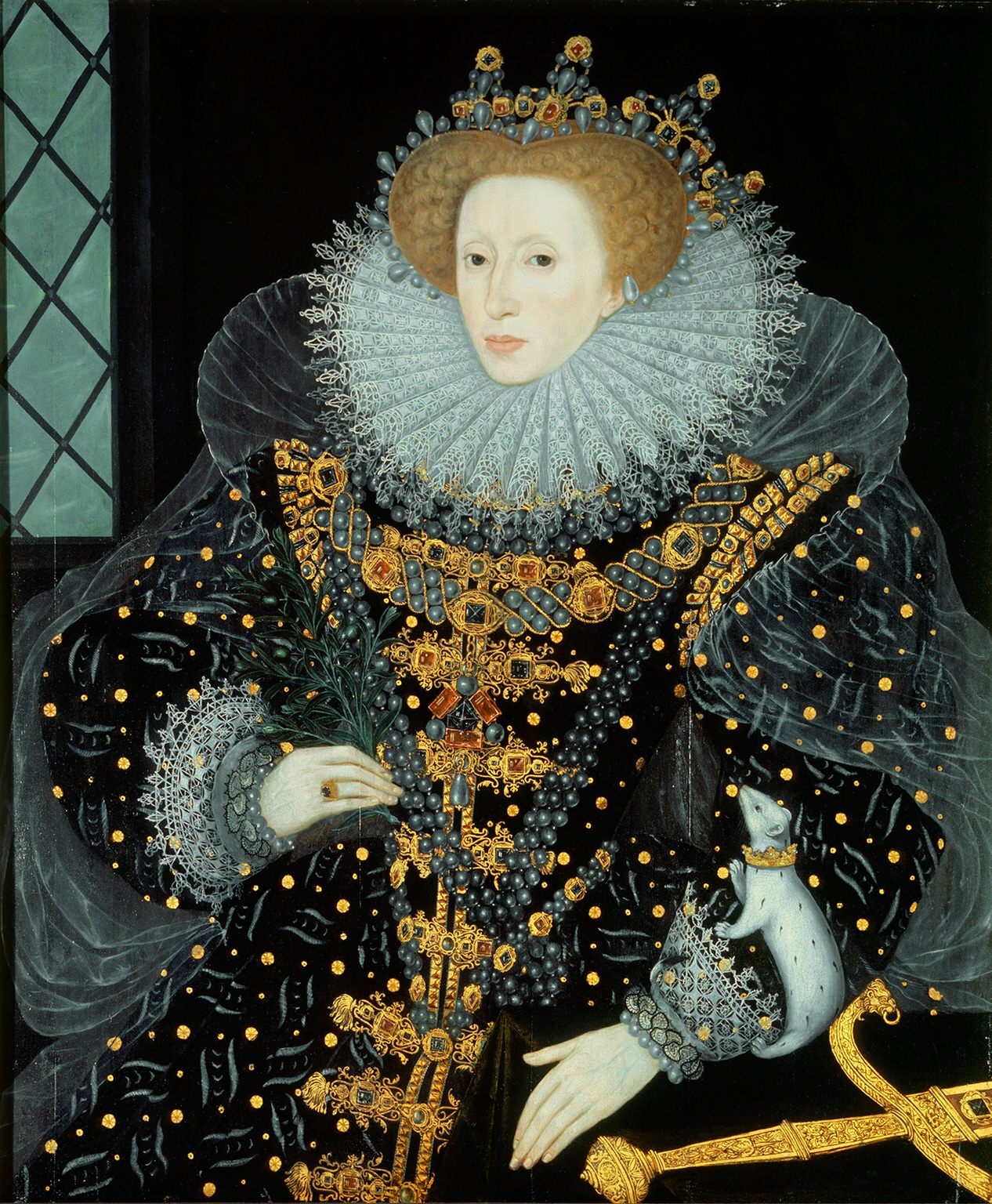
Being a spy wasn’t all adventure—Alford writes that for some, being a regular spy was “simply a job and not a very glamorous one.” Many were assigned to routine work: walking in the cities and towns, listening, reporting back to base. But one of the Watchers on the street beat was the one to discover Babington’s conspiracy to restore Mary of Scots, so there were moments to look forward to even as a regular street spy.
Some saw spying as a religious duty for those who felt the English were God’s chosen people. For these spies, the job was rewarding. When street-level Watchers weren’t finding rebels (or rival spies) from Ireland, many of them spent their time capturing Catholic priests; one Jesuit claimed that spies were “so many and diligent as every hour almost we heard of some taken, either on suspicion or detection against them” of plotting dissidence and openly defying the new Protestant faith.
The subjects of Elizabeth I were not exempt from surveillance; political ties and religion were often so impossible to separate that to remain loyal to one religion was considered tantamount to treason by the other.
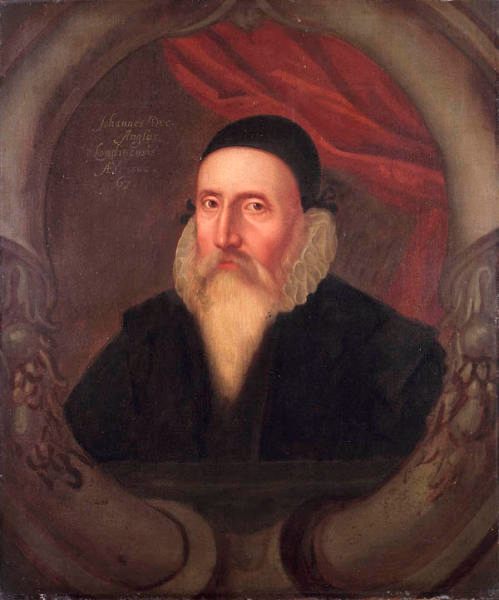
Sir Francis Walsingham, the Spymaster, managed the complex system, which included stations in most European countries, and hired the spies and special agents for the Queen. Often described as loyal and ruthless, Walsingham instructed a portion of his staff to torture his captured, unwilling informants to reveal plots and fellow conspirators in the Tower of London’s cold chambers. Loyalists to Mary and the Catholic church were the common target of interrogation, which was carried out to prevent attempted assassinations or attacks.
Some agents placed prisoners in a dungeon called “Little Ease” in which there was no room to lie nor sit, or force them into a fetal crouch by an iron implement called “The Scavenger’s Daughter” until they bruised and hemorrhaged. The most popular method of torture at the Tower was the infamous rack, which stretched the victim’s body until it tore. Alford writes that because of a controlling lock that allowed breaks between stretches, “the prisoner could be questioned while experiencing a constant amount of pain.” Depending on the outcome of the interrogation, those who lived might later be disemboweled, drawn, and quartered for treason.
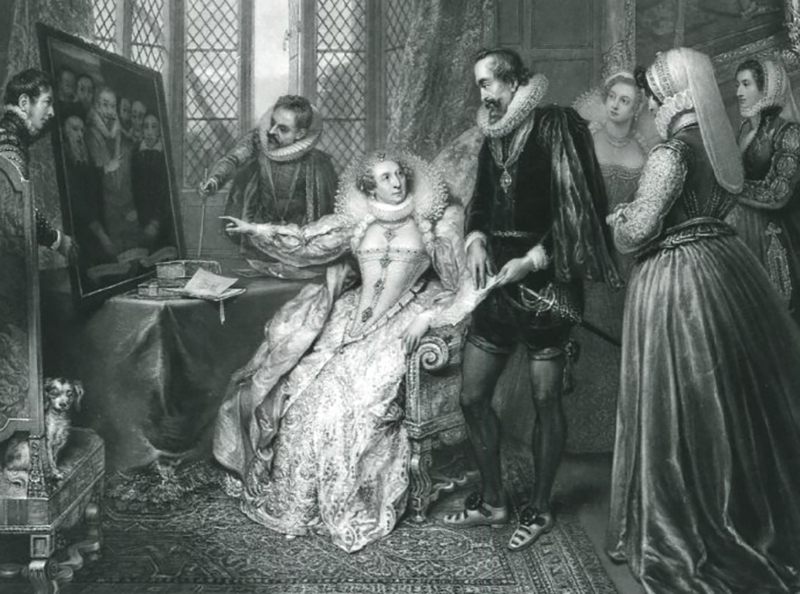
Walsingham also hired specialists whose sole job was to intercept, copy and decode messages, many of which used substitution ciphers. These spies were a highly educated sect of Walsingham’s inner secretarial team, and according to Alford, the job required a deep understanding of Latin and all major European languages. Using the methods of Abu Yusuf al-Kindi, the 9th century Arabian scholar who invented cryptography, Elizabethan spies cracked these ciphers by looking at letter frequency—the most commonly-appearing letter was likely an E, and so on.
Once a few letters were discovered, the rest became a hangman-like puzzle of filling in the blanks. The spies inserted false symbols into their own ciphers to fool anyone who might crack the codes, and Walsingham and his most trusted secretaries alone held the now-lost “Book of Secret Intelligences,” which Alford says would have held all codes, agents and alphabets they used.
The Watchers, it seems, did their work well. Queen Elizabeth I reigned over her empire until her (natural) death in 1603, all along ruling with secret teams of servants spread across the world, crouching in dark alleys, impersonating couriers, always listening. There’s one thing to learn from Queen Elizabeth’s secret service; if you’re plotting treason, be careful who you talk to. You never know: anyone could be a spy.
Update, 12/8: This story has been updated to clarify details about the line of succession.



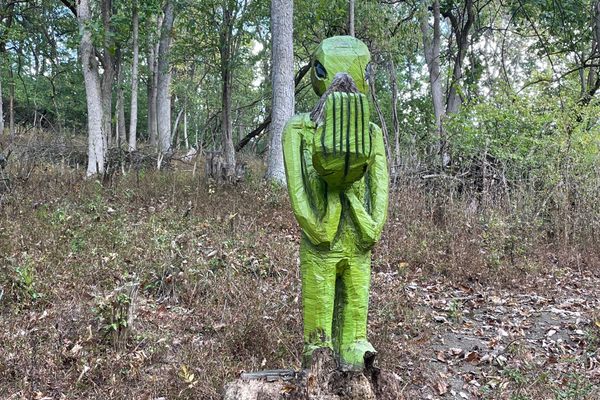
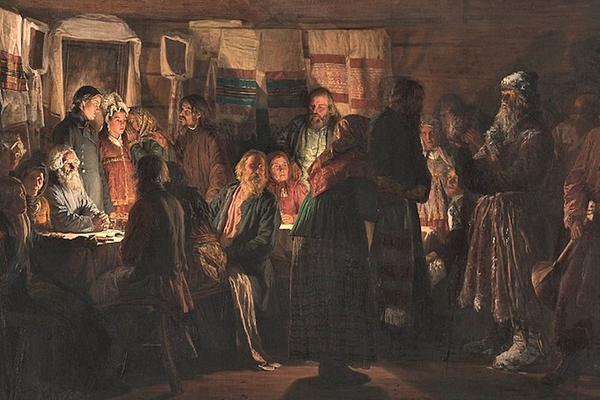















Follow us on Twitter to get the latest on the world's hidden wonders.
Like us on Facebook to get the latest on the world's hidden wonders.
Follow us on Twitter Like us on Facebook